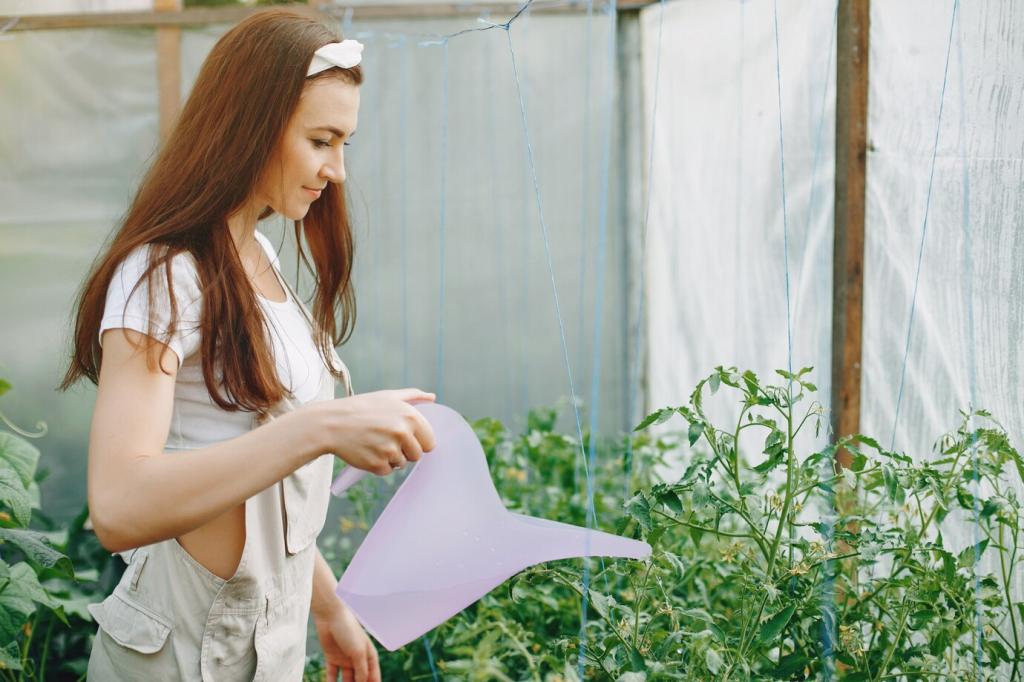Watering After Renovation
Mist or lightly water two to four times daily at first, depending on weather. Keep the top half-inch moist. A kitchen timer is a beginner’s secret weapon. Share your schedule; we’ll help adjust it for your conditions.
Watering After Renovation
After mowing once or twice, begin watering less often but longer to train roots downward. This renovation step builds drought resilience. Tell us how your lawn responds, and subscribe for seasonal watering reminders tailored to beginners.
Watering After Renovation
Use tuna can tests to measure output, fix clogged nozzles, and water early morning to reduce disease. Shade needs less; slopes need pulses. Comment with tricky zones, and we’ll brainstorm beginner-friendly tweaks together.
Watering After Renovation
Lorem ipsum dolor sit amet, consectetur adipiscing elit. Ut elit tellus, luctus nec ullamcorper mattis, pulvinar dapibus leo.










